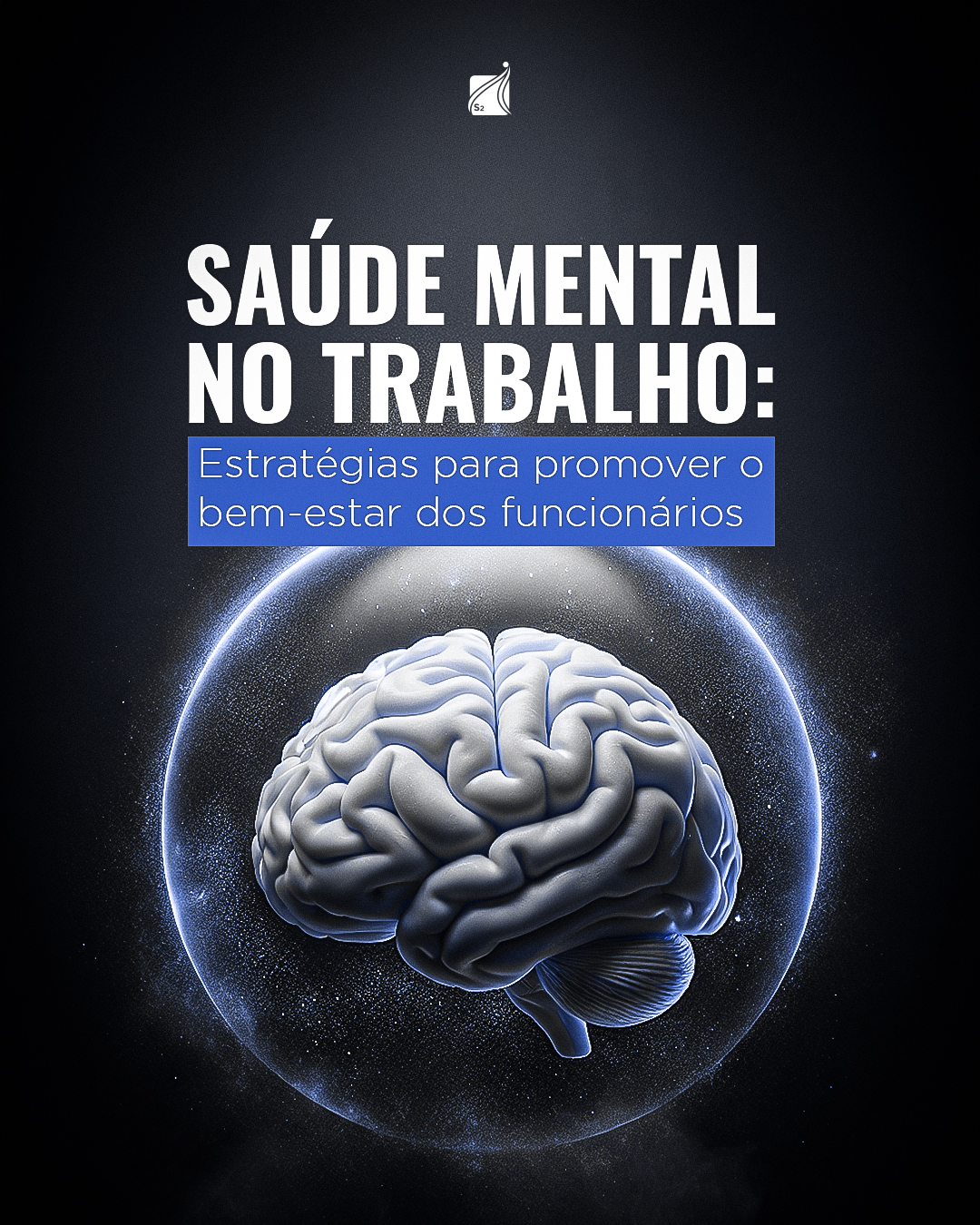
Browse topics
Behavioral triggers are unconscious stimuli in the brain that can induce people to take certain actions. It is essential for recruiters to know the concept and the main ways to identify triggers in job candidates.
When this type of risk is not managed by the company, employees can be negatively impacted. This is because there is a greater chance of certain dilemmas occurring ethicalsuch as bullying and verbal, discriminationfraud, bribery and corruption.
Do you want to understand the importance of knowing behavioral triggers and how to evaluate them more assertively in your company? Read on and find out more!
What are behavioral triggers?
In principle, a behavioral trigger is a mental response involving specific emotions, thoughts and actions, usually connected to past experiences. Triggers can be both negative and positive, and always refer to moments that have already happened.
Traumatic situations, for example, can remain engraved in the subconscious, causing people to deal with them throughout their lives. Triggers are extremely specific and can often be difficult to detect.
What is the difference between behavioral, mental and emotional triggers?
Triggers can be classified into behavioral, mental and emotional. However, each of them provokes a specific reaction in people. Take a look:
- Behavioral triggers: These are stimuli that affect the brain's unconscious, directly influencing how we relate, make decisions and act in the world;
- Mental triggers: They act as triggers for feelings, allowing the person to recall memories or sensations experienced in the past;
- Emotional triggers: can be people, words, opinions or situations that trigger an intense emotional reaction, such as anger, sadness, anxiety and fear.
What is the importance of observing behavioral triggers in candidates?
Identifying behavioral triggers is not always a simple task, as we saw in the previous topic. However, it is a fundamental step for recruiters who are looking for new candidates and professionals to join their team.
Studying employee behavior is essential for building great teams.
Helping the company to have people who are more aligned with the company's values and culture.
Knowing the triggers is also a way of gaining a deeper understanding of the profile of professionals. This increases the chance of more promising and efficient hires.
The relationship between triggers and behavioral deviations
One of the great dangers of behavioral triggers is that practically anything can set them off and generate employee deviations.
Triggers can be, for example, words, opinions or situations that provoke an intense and excessive emotional reaction.
As a result, people can feel anger, sadness and fear, based on their beliefs, values and previous experiences.
A different tone of voice or a phrase used in everyday life can therefore trigger attitudes that interfere with good interaction and communication.
5 benefits of analyzing behavioral triggers
First of all, given the complexity of behavioral triggers, it's not always easy to avoid exposure to them in everyday work.
However, as they are usually related to internal trauma, the consequences can be worrying.
It is important to take care and ensure good conditions in organizational environment to protect professionals from mental exhaustion.
Here are the main benefits of analyzing triggers:
- Increases motivation and engagement among employees;
- Provides high-performance teams;
- Improves organizational culture and facilitates the selection of aligned professionals;
- It generates self-knowledge to correct faults and improve performance;
- Reduces company turnover and increases retention of good talent.
What are the types of behavioral triggers?
Behavioral triggers, as we have seen, represent highly effective techniques for understanding why people act in a certain way.
They are human nature's own resources for facilitating decision-making.
In this sense, triggers have a lot to do with culture, social relationships and the most basic needs of each individual.
Even though they are harmful to some extent, behavioral triggers are also used to enhance the professional development.
Check out the main types of behavioral triggers below:
- ReciprocityIts action lies in the fact that it rewards the person for something they have done that is positive and that has generated an important value for the work they do;
- ScarcityThe main point is that decisions have to be made so that opportunities are not missed;
- NewThe idea that the new is better than the old can be used to generate innovations in day-to-day work;
- Social proofIt acts on people's need to belong to something or some group;
- Confidence: helps build a solid relationship that generates growth and professional development.
How to analyze behavioral triggers during interviews?
The recruitment and selection process is a very important stage and therefore needs to be well planned by Human Resources management.
Employers, in this case, need to create a schedule of actions that includes identifying the behavioral profile of candidates.
At the time of the interview, for example, a series of questions and different types of tests can be asked to make a more assertive selection.
To this end, many companies adopt PIR (Resilient Integrity Potential), which detects behavioral triggers and prevents ethical dilemmas in the company.
The PIR is a questionnaire, based on evidence and studies in psychology, which identifies the moral behavior of professionals.
By collecting and analyzing data, it is possible to predict how individuals will behave in a wide variety of situations.
The result of the test evaluates, for example, body language, expressions and also possible inconsistencies with the information described in the CV.
In addition to contributing to the selection process, the PIR also helps managers and leaders to draw up actions to strengthen the organizational culture.
This is because the test provides guidance on the best way to behave when faced with ethical conflicts in the workplace. The PIR methodology maps out patterns and trends that pose risks, such as fraudbribery and different types of harassment.
Insert H2: Learn more about integrity testing for companies
Undoubtedly, one of the most effective ways of assessing and identifying behavioral triggers in professionals is by adopting PIR in recruitment programs. A company that has employees with integrity and alignment is more likely to achieve good results.
Bear in mind that ethical problems can have a negative impact and tarnish the company's reputation. It is therefore essential to give preference to candidates with the same moral principles and values.
O integrity testAs we have seen, it is a strategy that maintains the organizational, cultural, financial and image health of the business.


